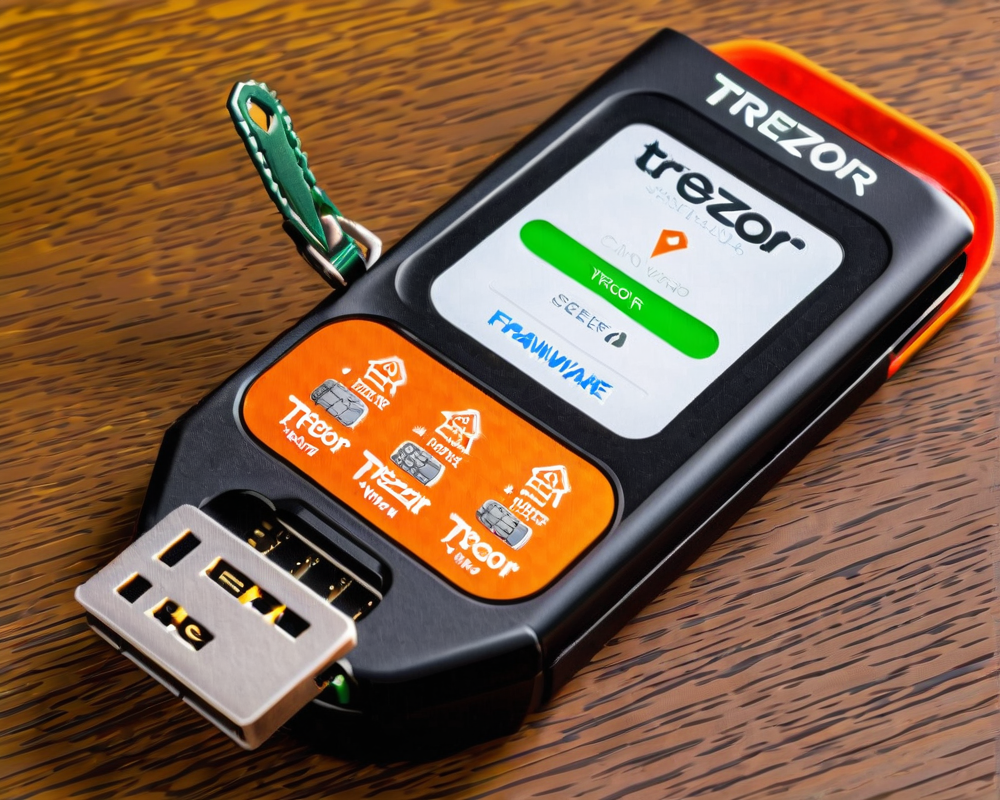Understanding the TREZOR Vulnerability
SatoshiLabs, the brains behind the well-respected TREZOR hardware wallet, has sent out an urgent message to customers. They’re urging users to update their firmware to address a newly discovered legacy security threat. But what exactly does this mean for your precious coins?
Scope of the Security Issue
The vulnerability is reportedly linked to devices running firmware versions lower than 1.5.2. This means if you haven’t updated your TREZOR device in a while, you might be at risk. However, before you panic and go burying your wallet in your back yard, it’s important to clarify that this isn’t a simple case of a remote hacker getting access to your digital gold.
Physical Access Required
SatoshiLabs has assured users that exploiting this vulnerability would require physical access to the device. As the official communication notes, To exploit this issue, an attacker would need physical access to a disassembled TREZOR device with uncovered electronics.
So, unless someone plans to break into your house and start playing around with your hardware like they’re auditioning for a tech horror movie, your coins are likely safe.
What Customers Should Do
The best course of action is straightforward: make sure your firmware is updated to at least version 1.5.2. Here’s how to do it:
- Connect your TREZOR device to your computer.
- Visit the official TREZOR Suite interface.
- Follow the prompts to check for updates and install the latest firmware.
After completing the update, you can rest easy knowing that you’ve taken proactive steps to secure your assets.
The Online Buzz
As always, rumors and theories abound in the era of social media. Some users are sharing their opinions on the severity of the breach, with some suggesting it has been blown out of proportion. One Medium post claimed that an attacker could copy sensitive information in just 15 seconds! While such headlines can be alarming, take them with a grain of salt until verified by reputable sources.
Conclusion
While no one wants to hear about vulnerabilities, the key takeaway is simple: keep your firmware updated and your physical security tight. Your coins are likely safe, but being proactive is the name of the game in the world of cryptocurrency.



